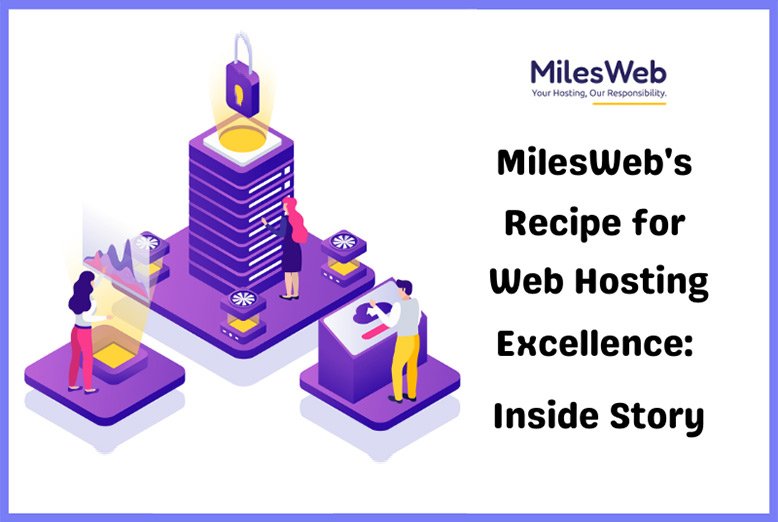In today’s digital landscape, businesses must evolve and adapt to remain competitive. One crucial aspect of this evolution is digital transformation, which involves leveraging technology to enhance operations, improve customer experiences, and drive growth. At the core of successful digital transformation lies application integration. This process involves connecting different software applications and systems to work together seamlessly, ensuring data flows efficiently across the organization. By integrating applications, businesses can break down silos, streamline processes, and make informed decisions faster. In this article, we will explore the vital role of application integration in modern business digital transformation, offering insights into its benefits, challenges, and best practices.
Enhancing Operational Efficiency
Application integration significantly enhances operational efficiency by enabling disparate systems to communicate and share data in real time. This seamless connectivity eliminates the need for manual data entry and reduces errors, leading to more accurate and timely information. For instance, integrating customer relationship management (CRM) software with enterprise resource planning (ERP) systems allows sales and finance teams to access up-to-date customer data, facilitating better decision-making and quicker responses to customer inquiries. As a result, businesses can streamline workflows, reduce redundancies, and improve overall productivity. Moreover, efficient operations lead to cost savings, allowing companies to allocate resources more effectively and focus on strategic initiatives that drive growth.
Comparing Application Integration and Data Integration
When discussing the benefits of digital transformation, it’s essential to understand the differences between application integration and data integration. Application integration focuses on connecting software applications to enable seamless communication and workflow automation. In contrast, data integration involves consolidating data from various sources into a unified view, ensuring consistency and accessibility. Both play crucial roles in digital transformation, but application integration offers a more holistic approach by addressing the interaction between different systems. This comprehensive integration ensures that data flows smoothly across the organization, enhancing collaboration and reducing silos. By understanding the distinction between application integration vs. data integration, businesses can strategically implement both integration types to maximize their digital transformation efforts.
Improving Customer Experience
In today’s customer-centric market, delivering exceptional experiences is paramount. Application integration enables businesses to create a unified view of the customer, providing valuable insights that drive personalized interactions. By integrating marketing, sales, and customer service applications, companies can track customer behavior, preferences, and interactions across multiple touchpoints. This holistic view allows businesses to tailor their offerings, anticipate customer needs, and resolve issues promptly. For example, if a customer contacts support, the agent can access their purchase history, previous interactions, and preferences, leading to a more efficient and personalized service. Ultimately, enhanced customer experiences foster loyalty, increase satisfaction, and drive long-term business success.
Facilitating Real-Time Decision Making
In the era of big data, timely and informed decision-making is a competitive advantage. Application integration empowers businesses with real-time access to critical data, enabling faster and more accurate decisions. By connecting analytics tools with operational systems, companies can monitor performance metrics, identify trends, and respond to changes promptly. For instance, integrating supply chain management software with inventory systems allows businesses to track stock levels, predict demand, and optimize procurement processes. This real-time visibility ensures that decision-makers have the most up-to-date information, reducing risks and capitalizing on opportunities. Consequently, businesses can stay agile, adapt to market dynamics, and maintain a competitive edge.
Supporting Scalability and Flexibility
As businesses grow and evolve, their technology needs to scale accordingly. Application integration provides the scalability and flexibility required to adapt to changing demands. By integrating modular and cloud-based applications, companies can easily add or remove functionalities without disrupting existing workflows. This adaptability is crucial for businesses operating in dynamic markets, as it allows them to respond to emerging trends and customer needs quickly. For example, a retail company can integrate new e-commerce platforms with its existing inventory and order management systems to expand its online presence. This seamless scalability ensures that businesses can innovate and expand without being constrained by their technology infrastructure.
Enhancing Collaboration and Communication
Effective collaboration and communication are vital for any successful organization. Application integration fosters better teamwork by connecting various tools and platforms, allowing employees to share information and work together more efficiently. By integrating communication applications, project management tools, and document sharing platforms, businesses can create a cohesive digital workplace. This interconnected environment enables employees to collaborate on projects in real-time, share updates, and access the latest documents regardless of their location. Improved collaboration not only enhances productivity but also fosters innovation, as teams can leverage diverse perspectives and expertise. In the long run, this collaborative culture drives business growth and success.
Enabling Seamless Cloud Migration
Cloud migration is a key component of digital transformation, and application integration plays a pivotal role in this process. By integrating on-premises applications with cloud-based services, businesses can ensure a smooth transition while maintaining operational continuity. This integration allows organizations to leverage the scalability, flexibility, and cost-efficiency of the cloud without sacrificing the functionality of their existing systems. For instance, integrating an on-premises ERP system with a cloud-based CRM enables businesses to expand their customer management capabilities without overhauling their entire IT infrastructure. This seamless migration supports business growth and innovation, allowing companies to remain agile and competitive in a rapidly evolving market.
Strengthening Security and Compliance
Application integration enhances security and compliance by providing a unified approach to data management and access control. Integrating applications enables businesses to implement consistent security protocols across their systems, reducing vulnerabilities and ensuring data integrity. For example, integrating identity management solutions with various applications ensures that only authorized personnel can access sensitive information. Additionally, integrated systems can help businesses comply with regulatory requirements by providing comprehensive audit trails and streamlined reporting capabilities. This holistic approach to security and compliance not only protects the organization but also builds trust with customers and partners, ultimately supporting long-term business success.
Optimizing Resource Allocation
Effective resource allocation is crucial for maximizing business performance, and application integration facilitates this by providing comprehensive visibility into operations. By integrating financial, human resources, and project management applications, businesses can gain real-time insights into resource utilization, enabling more informed decision-making. For instance, integrating time-tracking software with payroll systems allows companies to accurately monitor labor costs and optimize workforce management. This integration ensures that resources are allocated efficiently, reducing waste and improving overall productivity. As a result, businesses can achieve better financial performance and support sustainable growth.
Supporting Data-Driven Strategies
Data-driven strategies are at the core of modern business success, and application integration is essential for harnessing the full potential of data. By integrating data analytics tools with various business applications, companies can gain actionable insights that drive informed decision-making. This integration ensures that data flows seamlessly across the organization, providing a comprehensive view of performance metrics, customer behavior, and market trends. For instance, integrating business intelligence software with sales and marketing applications allows businesses to analyze campaign effectiveness and optimize their strategies. This data-driven approach enables companies to identify opportunities, mitigate risks, and achieve their strategic objectives.
Conclusion
In the modern business landscape, digital transformation is no longer a choice but a necessity. Application integration is a fundamental component of this transformation, providing the connectivity and efficiency required to thrive in a competitive market. By enhancing operational efficiency, improving customer experiences, facilitating real-time decision-making, and supporting scalability, application integration drives business success. Additionally, it strengthens security and compliance, optimizes resource allocation, fosters innovation, and supports data-driven strategies. As businesses continue to evolve, the role of application integration will only become more critical, ensuring that organizations can adapt, innovate, and achieve their goals in an ever-changing digital world.
Also Read: Bharti Airtel Supporting Digital Transformation in India






















